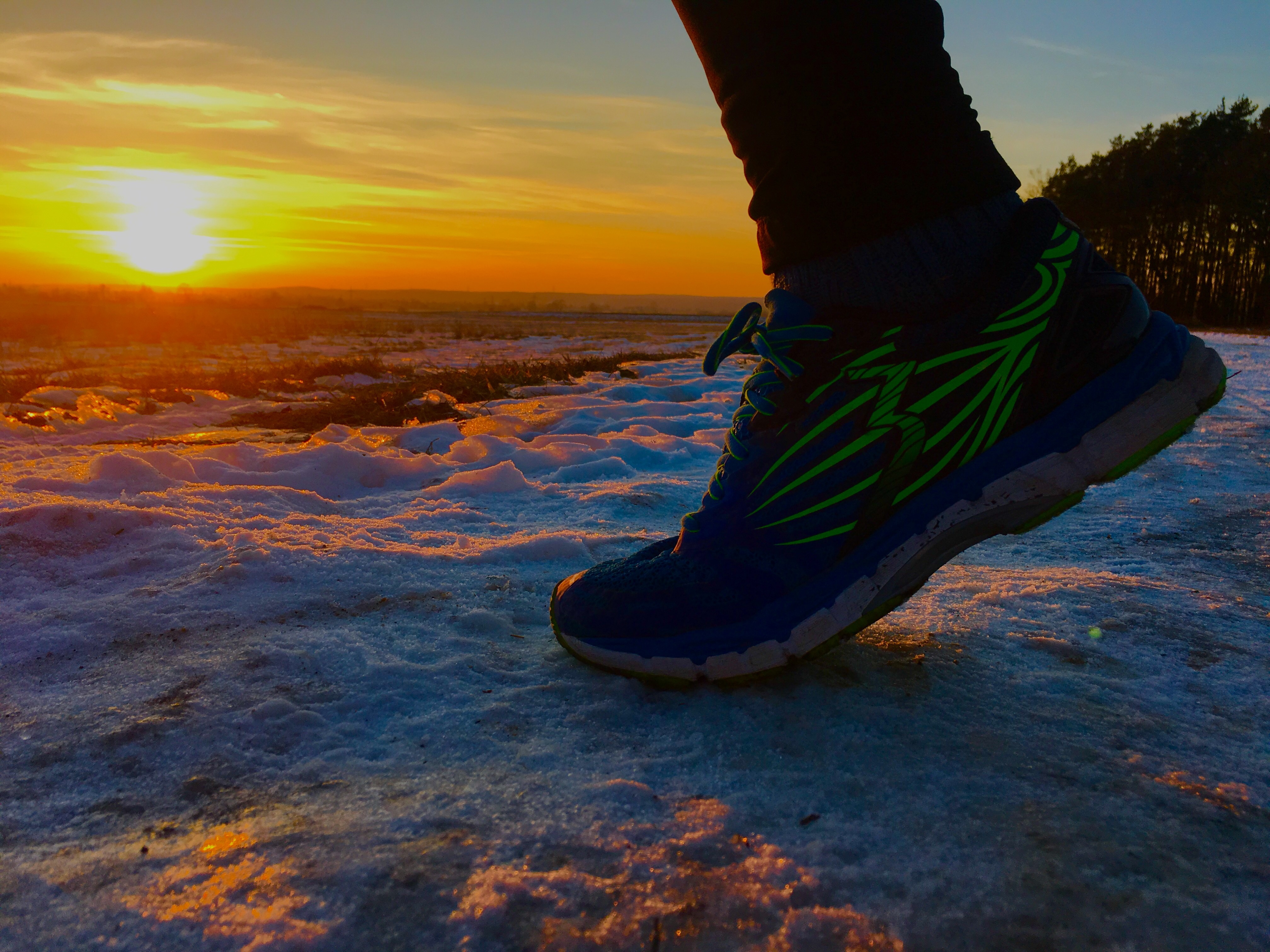
The Secret to Hiking Blister-Free
Good foot care can mean the difference between a beautiful hike and a somber early return. I hiked the Colorado Trail without a single blister and so can you. With the smart use of proper footwear, sock liners, and early prevention blisters can be completely avoided.
How Blisters are Formed
Blisters are caused by the friction of your foot and toes moving around in a shoe. Moisture causes blisters to form faster.
Hiking Shoes
Choosing the right shoe can be imperative for blister prevention. Heavy hiking books can be great for support but can trap moisture around your foot. It is recommend that you choose a shoe that is breathable to allow moisture to wick away from your skin. Trail runners work well for hiking with blisters in mind because they are light and breathable but still provide support. Salomon XA Pro 3D Trail-Running Shoes are a great example of a breathable trail running shoe.
When trying on your hiking shoe make sure it is snug. If your foot moves around in the store, it will surely move around when you are descending a peak.
Break your hiking shoe in before you start a long hike. Hikers will make the mistake of wearing their shiny new kicks to hike a 14ner only to find themselves returning early. 40 miles is the typical milage to fully break in footwear.
Sock Liners
Many blisters are formed by the friction of toes rubbing up against each other. Toe blisters can be avoided by wearing sock liners. Sock liners are made to be wore underneath your regular hiking sock and have individual spots for each of your toes to fit into. Eliminating the skin-on-skin contact between toes can drastically reduce the occurrence of blisters and many toe-socks are specifically made with moisture wicking material.
Injinji makes excellent sock liners as well as a variety of toe socks to try.
Prevention
The most important part of hiking blister-free is early prevention. Blisters form from hot spots that go untreated. When you feed a hotspot, immediately stop and remove your shoe. Placing a strip of Leukotape P Sports Tape over the hot spot can eliminate friction on your skin and can stop the blister from progressing.
I also recommend letting your feet breath at least once a day. At lunch, take your shoes off and let the moisture of your feet dissipate as you eat. Your feet will thank you.
